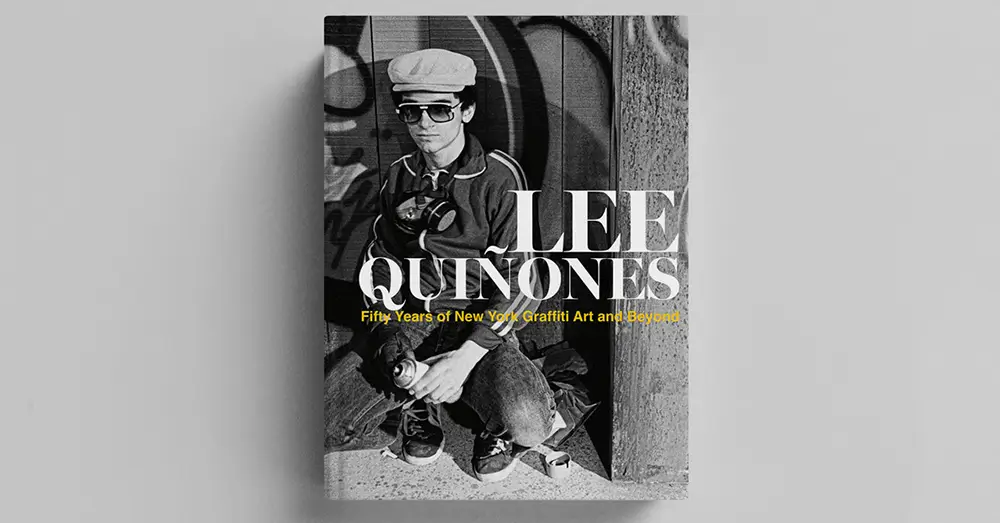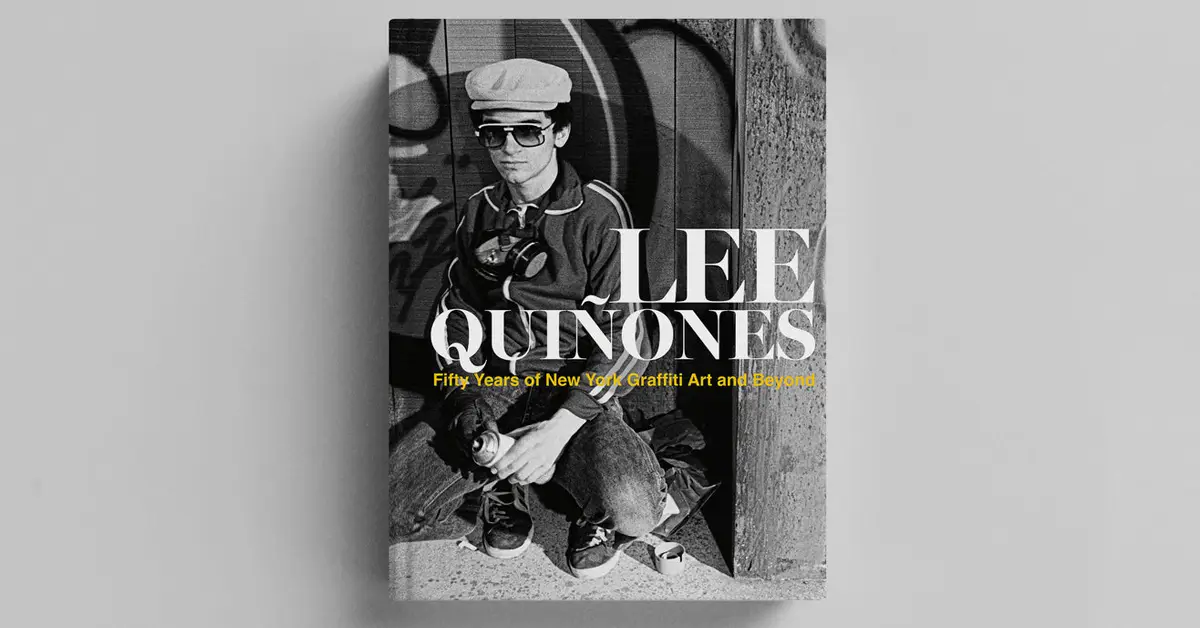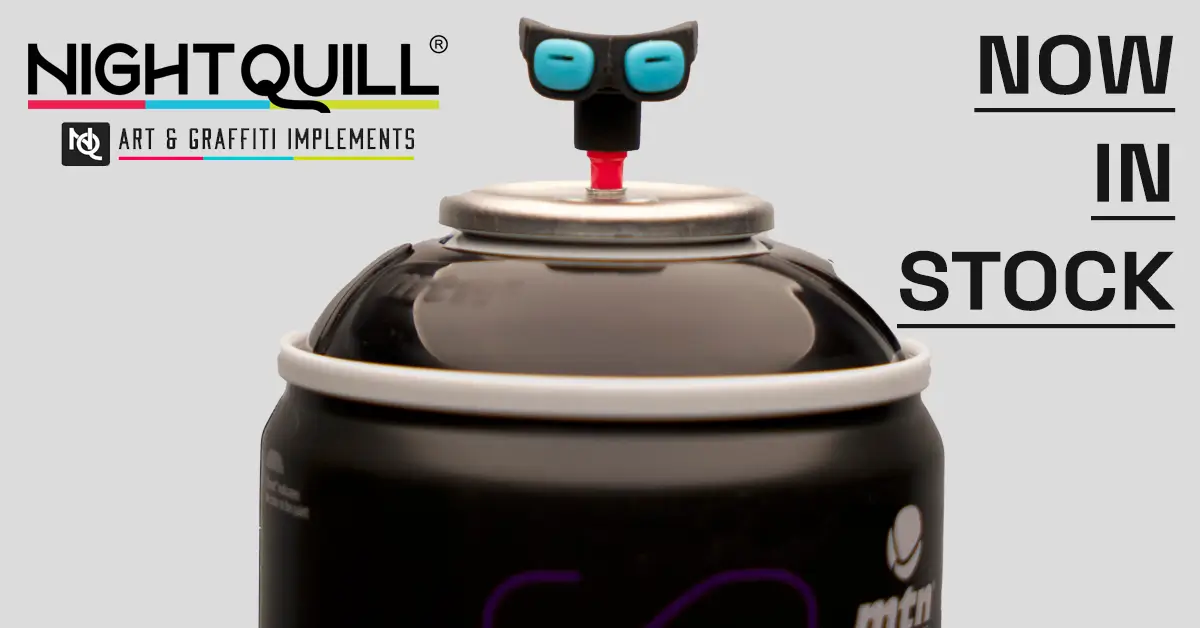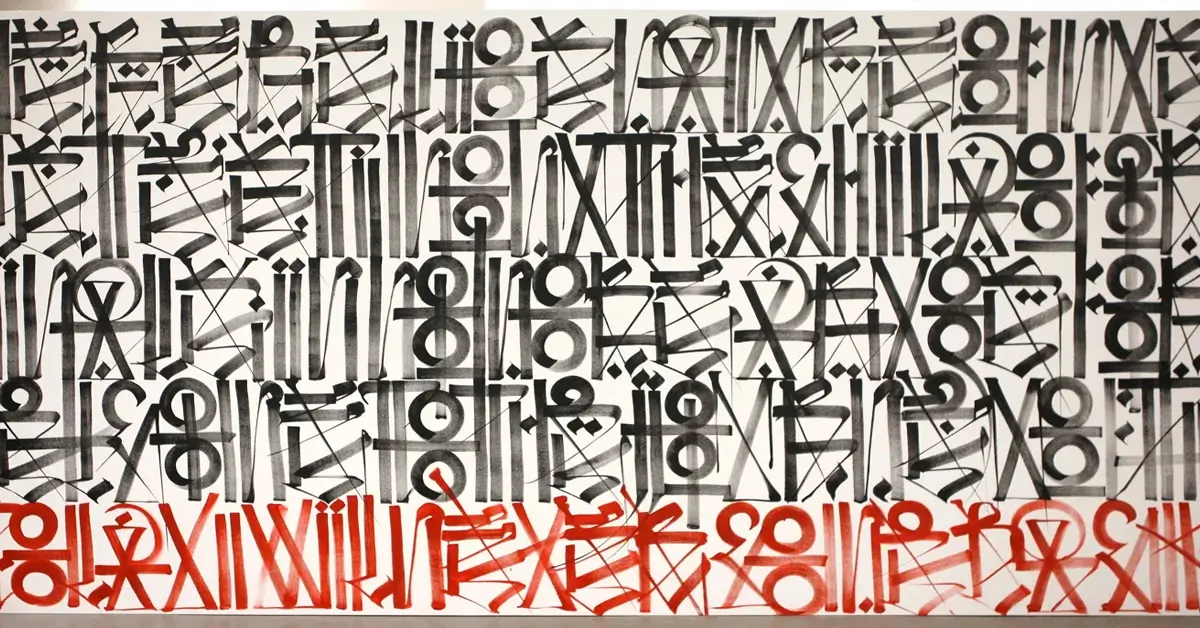Lee Quiñones: Fifty Years of New York Graffiti Art and Beyond
The inaugural monograph, ‘Fifty Years of New York Graffiti Art and Beyond’, stands as a comprehensive showcase of the monumental work and artistic evolution of Lee Quiñones, a Puerto Rican-born artist. Spanning five decades, the monograph traces Lee’s journey from his early foray into spray paint murals at the age of 14 in 1974 to his status as a pivotal figure in the street art movement.
At the outset, Lee’s marker drawings, carried into the New York City subway train yards, served as studies for the 52-foot-long rolling murals that would become emblematic of his art. The monograph features drawings, artifacts, and subway photography that chronicle Lee’s emergence and highlight his role as a catalyst for the burgeoning street art movement. Prior to Lee, graffiti art was confined to a limited audience of young enthusiasts who appreciated style and scale. Lee’s transformative impact is vividly depicted through images of his trains, showcasing how he infused elements of futurism into more than 120 subway car murals across the transit system.
A groundbreaking moment in Lee’s career is captured in his iconic 1978 ‘Howard the Duck’ handball wall, where he introduced the concept of freestanding urban murals. The monograph delves into Lee’s international influence, showcasing his debut formal exhibition in Rome, Italy, in 1979, alongside Fab 5 Freddy. Lee’s impact extends to influential contemporaries such as Jean-Michel Basquiat, Keith Haring, and Jenny Holzer, as evidenced by images capturing them viewing his work. Notably, Lee and Basquiat were the youngest artists to exhibit at Documenta 7.
Lee’s artistic journey is further explored through his portrayal as the semi-autobiographical Zoro in ‘Wild Style,’ the pioneering hip-hop feature film. The monograph delves into the social commentary and poetry embedded in Lee’s early expressionistic work, providing insight into his evolving technique. Subsequent paintings illustrate how Lee’s practice has not only reflected the mood and urgency of 1980s New York but has also shaped a generation of contemporary artists. The narrative seamlessly transitions from the bustling streets to the intimate and mature studio environment that defines Lee Quiñones’ present artistic landscape.
Order at LeeQuinones.com





